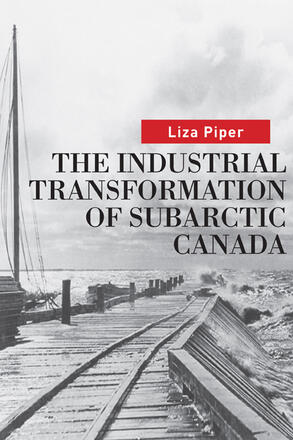
This award-winning history of how industrial economies have come to dominate the North provides revealing context on today's environmental changes.
Description
Between 1821 and 1960, industrial economies took root in the North, transgressing political geographies and superseding the historically dominant fur trade. Imported southern scientists and sojourning labourers worked the Northwest, and its industrial history bears these newcomers’ imprint. This book reveals the history of human impact upon the North. It provides a baseline, grounded in historical and scientific evidence, for measuring subarctic environmental change. Liza Piper examines the sustainability of industrial economies, the value of resource exploitation in volatile ecosystems, and the human consequences of northern environmental change. She also addresses northern communities’ historical resistance to external resource development and their fight for survival in the face of intensifying environmental and economic pressures.
Reviews
Liza Piper captures with detail and insight an essential episode in northern environmental history … in telling this story Piper provides an immensely valuable perspective not just on northern history, but on the practice of environmental history itself … she also exhibits an impressive sensitivity for the meanings embedded in both action and language. But where she especially excels is in situating this history in a specific place, and in invoking its material basis in living organisms: lakes and rivers, water and ice, earth and fire. This history has dirt under its fingernails.
- Stephen Bocking